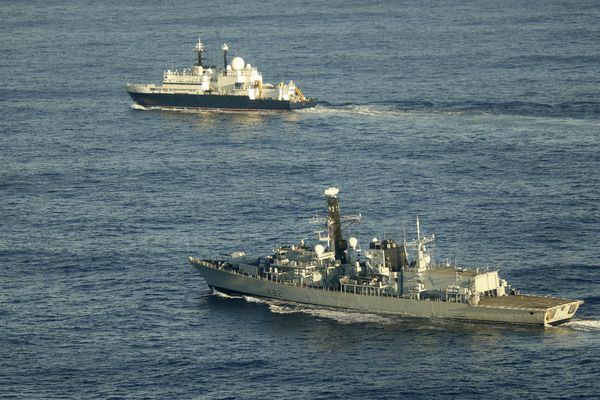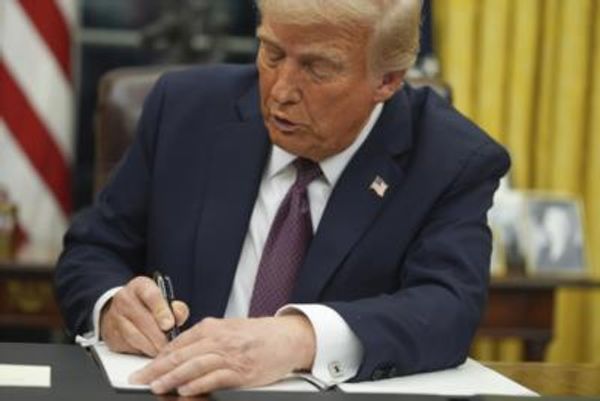
One of the recurring diseases of Australian media is a version of what the Pythons dubbed “news for parrots”: a sketch in which a newsreader explains “no parrots were injured” in a motorway accident.
Whenever there’s a major international event, the media always begin a desperate hunt for a local angle — a person who was involved (one mildly inconvenienced or shocked Australian is worth 10,000 dead non-white people in any disaster) or a “could it happen here?” yarn (a genre beloved of Nine newspapers).
The business and financial press isn’t beyond this sort of idiocy. When there’s a big international economic development, we’re inevitably subjected to think pieces on how Australia could/maybe/will be hit by the fallout. And the fallout is always bad.
Donald Trump’s victory in November was the pretext for an outbreak of news for galahs across the media, especially around his half-arsed musings about starting a tariff war with the rest of Earth, a planet Trump rarely seems to visit. On the latter, there’s been considerable musing on the impact of a strengthening US dollar on the Australian economy — in particular, interest rates. And, you guessed it, we’re being told a weaker dollar will delay interest rate cuts (you’ll be surprised to learn the rapid rise of the dollar between August and September, to 69 cents, triggered no such musings about bringing forward interest rate cuts).
Indeed, there persists in the media — as in the mind of Trump — a belief that a stronger currency is automatically a good thing. It’s forgivable, perhaps, in the president-elect, who has the mind of a teenage boy (an especially immature one) and is thus understandably prone to seeing things in terms of size, strength and masculinity.
In paid professionals, it’s a rather greater sin. Journalists and commentators who think a stronger dollar is better ought to have a chat with Wayne Swan, who had the unenviable task of managing the Australian economy when the Aussie was well over parity with the US dollar and had to watch our manufacturing sector get fried as a result.
Any sort of context is helpful. Australia is around the 13th largest economy in the world, but our currency is the fifth or sixth most traded globally each year. That’s because of our AAA (stable) credit rating, which reassures investors in Australia about our government finances (America is down to just one AAA rating and that is AAA negative — a smidge away from downgrading).
The Hawke/Keating decision to float the dollar on December 9, 1983, remains the most important economic decision of recent decades. The float wasn’t universally supported and many early members of the Business Council (it was formed the next year) hated it — John Howard hadn’t had the guts to do it when treasurer under Malcolm Fraser.
But it has given the country the protection to ride out all the crises that have come our way since then: recessions, financial crises Asian and global, tech wrecks, commodity booms and busts, investment booms, pandemics. It also relegated the once-ubiquitous (and tedious) discussion of a “balance of payments crisis” to the history books.
Now it will protect us against whatever absurd decisions Trump makes about tariffs. As Reserve Bank deputy governor Andrew Hauser said in an end-of-year speech:
The chances of being propelled into another global Depression are low. Our direct exposure to US tariffs is likely to be small. We have strong comparative advantages in raw materials and services that other countries need, both to power traditional industries and the industries of the future. We have a track record of nimbly reshaping our trading relationships, through a combination of market forces and proactive trade policy and negotiation. And our flexible exchange rate and independent monetary policy can serve as powerful shock-absorbers.
Notice Hauser’s metaphor of the shock absorber, along with monetary policy. Our exchange rate isn’t an end in itself, or some measure of national economic machismo, or a guide to interest rates — it’s a mechanism to protect the economy. It’s one that — even accounting for that difficult period of parity — has worked well in the 40 years since Hawke and Keating floated the dollar.
Let’s see if the galahs can understand that.







